Gravity Forms WordPress Plugin
$39.00 Original price was: $39.00.$0.00Current price is: $0.00.
- Very cheap price & Original product !
- We Purchase And Download From Original Authors
- You’ll Receive Untouched And Unmodified Files
- 100% Clean Files & Free From Virus
- Unlimited Domain Usage
- Free New Version
- License : GPL
- Product Version : 2.8.17
Last updated on : August 30th, 2024
DOWNLOAD NOW!
This and 3000+ plugins and themes can be downloaded as a premium member for only $15. Join The Club Now!Gravity Forms WordPress Plugin: The Ultimate Solution for Advanced Form Building
The Gravity Forms WordPress plugin is a powerful and versatile tool designed to help you create sophisticated forms on your WordPress website. Whether you need a simple contact form or a complex multi-step survey, Gravity Forms provides the features and flexibility to meet your needs. This comprehensive guide will explore the key features, benefits, and use cases of Gravity Forms, as well as offer tips on how to get the most out of this plugin.
What is Gravity Forms?
Gravity Forms is a premium WordPress plugin that enables users to build and manage forms with ease. It offers a drag-and-drop interface, a wide range of form fields, and advanced functionality, making it suitable for both beginners and experienced developers. From basic contact forms to advanced data collection and automation, Gravity Forms is designed to handle a variety of use cases.
Key Features of Gravity Forms
- Drag-and-Drop Form Builder: Create forms quickly using the intuitive drag-and-drop builder, which allows you to add, rearrange, and customize fields effortlessly.
- Advanced Field Types: Choose from a variety of field types, including text, email, phone, file upload, and more, to capture the data you need.
- Conditional Logic: Show or hide fields, sections, or pages based on user input, creating dynamic and interactive forms that adapt to user responses.
- Multi-Page Forms: Break long forms into multiple pages to improve user experience and make complex forms easier to navigate.
- Payment Integrations: Integrate with popular payment gateways like PayPal, Stripe, and Authorize.net to collect payments and donations directly through your forms.
- Form Notifications: Set up email notifications to alert you and your users when a form is submitted, with customizable templates and triggers.
- Data Management: View, export, and manage form submissions from within your WordPress dashboard, and integrate with third-party services for further data handling.
- Spam Protection: Protect your forms from spam submissions with built-in anti-spam features and integrations with services like Akismet and reCAPTCHA.
Benefits of Using Gravity Forms
1. Ease of Use
Gravity Forms is designed with a user-friendly interface that makes form creation simple and straightforward. The drag-and-drop builder allows you to create complex forms without any coding knowledge, while the extensive documentation and support resources provide guidance when needed.
2. Customization and Flexibility
With a wide range of field types and customization options, Gravity Forms can be tailored to meet your specific requirements. You can add custom CSS, use conditional logic, and configure advanced settings to create forms that align perfectly with your needs.
3. Enhanced User Experience
Multi-page forms and conditional logic enhance the user experience by making forms more intuitive and engaging. Users are guided through the form in a logical sequence, which can lead to higher completion rates and better data quality.
4. Integration Capabilities
Gravity Forms integrates seamlessly with a variety of third-party services and plugins, including CRM systems, email marketing platforms, and payment gateways. This integration capability allows you to automate workflows, synchronize data, and streamline business processes.
5. Comprehensive Data Management
The plugin provides robust data management features, including the ability to view, filter, and export form submissions. This functionality helps you manage and analyze form data efficiently, making it easier to make data-driven decisions.
6. Security and Spam Protection
Gravity Forms includes built-in security features to protect your forms from unauthorized access and spam submissions. Integration with services like reCAPTCHA and Akismet helps ensure that your forms remain secure and free from unwanted submissions.
How to Set Up and Use Gravity Forms
1. Install and Activate the Plugin
Start by purchasing the Gravity Forms plugin from the official website or an authorized vendor. Download the plugin file, upload it to your WordPress site using the plugin uploader, and activate it through the WordPress dashboard.
2. Create a New Form
Once activated, navigate to the Gravity Forms section in your WordPress dashboard and click on “Add New” to create a new form. Use the drag-and-drop builder to add fields, configure settings, and customize the form layout to fit your needs.
3. Configure Form Settings
Customize your form settings, including notifications, confirmations, and appearance. Set up email notifications to alert you and your users when a form is submitted, and configure confirmation messages or redirects to guide users after submission.
4. Set Up Payment Processing (if needed)
If your form requires payment processing, integrate with a payment gateway such as PayPal or Stripe. Configure payment settings and set up pricing fields to enable secure transactions directly through your form.
5. Embed the Form on Your Website
Once your form is complete, you can embed it on your website using a shortcode, widget, or directly within a page or post. Gravity Forms provides various embedding options to ensure that your form is displayed seamlessly on your site.
6. Monitor and Manage Submissions
Access form submissions from the Gravity Forms dashboard to view, filter, and export data. Use the built-in data management tools to analyze form responses and integrate with other services as needed.
The Importance of GPL WordPress Plugins and Themes
Understanding GPL
The General Public License (GPL) is a free software license that ensures users have the freedom to use, modify, and distribute software. GPL-compliant WordPress plugins and themes, including many offered by Graph Paper Press, provide flexibility and control over your website.
Benefits of Using GPL WordPress Plugins and Themes
- Cost-Effective: GPL plugins and themes are often available at a lower cost or for free, making them accessible to a wide range of users.
- Customizable: With the freedom to modify the software, GPL plugins and themes offer extensive customization options to meet your specific needs.
- Community Support: GPL software benefits from a community of developers and users who contribute to ongoing development and provide support.
Why Choose GPL WordPress Plugins and Themes?
Opting for GPL WordPress plugins and themes ensures that you have full control over your website’s features and design, with the ability to customize and extend the software according to your requirements.
Conclusion
The Gravity Forms WordPress plugin is a powerful and versatile tool for creating and managing forms on your website. With its user-friendly interface, advanced features, and integration capabilities, Gravity Forms provides everything you need to build effective and engaging forms. Whether you’re collecting customer information, processing payments, or managing complex workflows, Gravity Forms offers the flexibility and functionality to meet your needs.
By leveraging the benefits of GPL-compliant software, you can enhance your WordPress site with customizable, cost-effective solutions that offer full control and support. Start using Gravity Forms today and experience the difference it can make in managing your online forms and data collection processes.
Be the first to review “Gravity Forms WordPress Plugin” Cancel reply
Related products
Gravity Perks
WooCommerce Plugins
LearnDash LMS
WooCommerce Plugins
Wordpress Plugins
WooCommerce Plugins


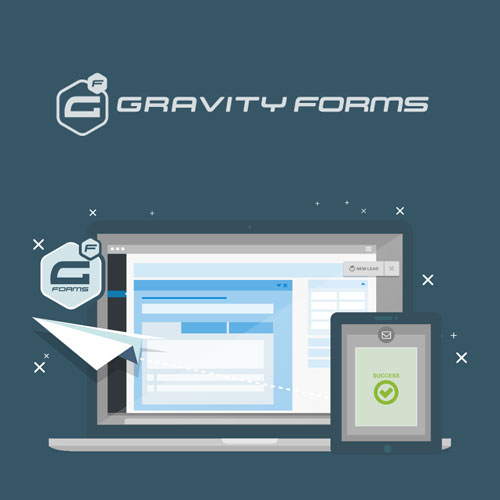
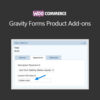

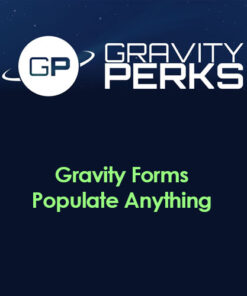

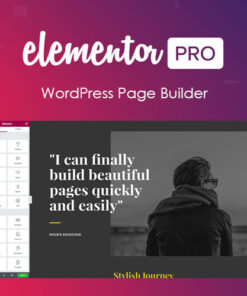


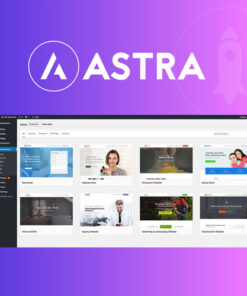


Reviews
There are no reviews yet.